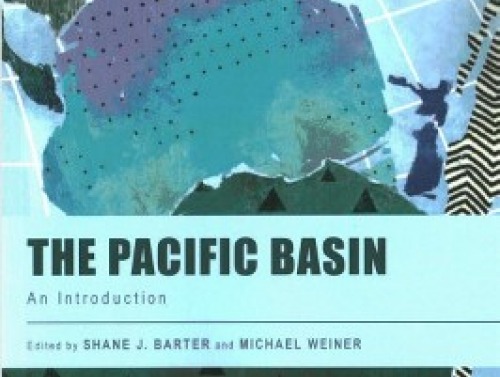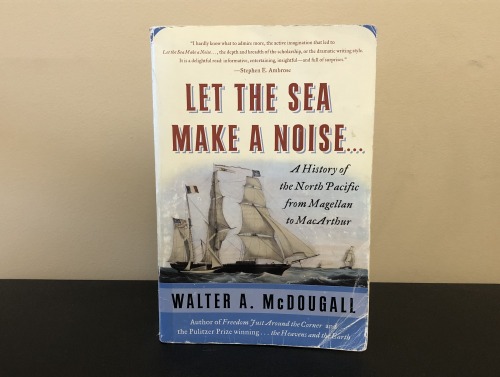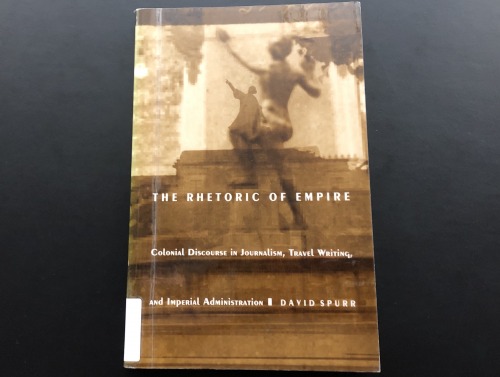Pacific Basin
-
Academics
- Academics Overview
-
Undergraduate Studies
- General Education Curriculum
- Concentrations
- Capstone
- Study Abroad
- Special Academic Programs
- Graduate Studies
- Study Abroad
-
Health Professions Advising
- Applying for Medical or Dental School
- Test Prep Support
- Events and Workshops
- Soka Clinical & Advocacy Programs
- Research, Internships, & Volunteering
- Fulbright Student Advising
- Academic Facilities
- Writing Center
- Research
- Academic Services
- Daisaku and Kaneko Ikeda Library
- The Public Health Pathway
- The Urban Studies Pathway
Contextualize the Pacific Region
Designed to expand perspective and encourage global engagement, this course compares regions, cultures, societies, and economies within the Pacific Basin.
An Introduction to the Pacific Basin prepares students to navigate the currents of a Pacific world, locating Asian countries in wider contexts and framing the Americas as part of larger Pacific communities. This course seeks to teach the peoples and places of the Pacific Basin, emphasizing a long history of interactions and a future of interdependence. In recent centuries, the Atlantic has arguably been the hub of world political and economic power. But the rise of Japan, China, and the Asian Tigers as global centers of production, along with growth in the western Americas and Oceania, has led many to foresee the coming of a Pacific Century. As Asian countries take their place in world affairs, and as peoples, investment, technologies, and cultures travel across the Pacific, there is a pressing need to rethink Atlantic-centered worldviews. If the next generation of leaders and global citizens are to understand the modern world, they need an introduction to the Pacific Basin.
You will learn to:
- Develop an understanding of the historical transformations that characterize the region since the first encounters with Europeans,
- Develop a critical awareness of social, political, economic, and cultural issues within the region over time,
- Develop skills of oral and written expression,
- Gain experience of interdisciplinary perspectives, and
- Gain critical skills for interpreting representations of peoples and cultures across the region.
PACBASIN 100 — Introduction to the Pacific Basin
This course surveys the geography and history of this region, an increasingly important arena in world affairs. From various perspectives, the course also examines contemporary issues, such as economic relations, migration, regional institutions, globalization, democratization, trans-nationalism, and the environment in the Pacific Basin.
Selected Readings
SUA is home to a faculty with considerable expertise on Pacific Basin countries. The faculty members teaching this course approach it from various regional and disciplinary backgrounds, with different emphases on Latin America, North America, East Asia, and Southeast Asia. Instructors have backgrounds in history, politics, film, economics, and more–training which influences respective versions of the course. Despite this diverse expertise, different iterations of An Introduction to the Pacific Basin feature several common themes: Colonialism, the Pacific War, Asian migration, trade and investment, cultural exchanges, territorial conflicts, and identity–to name a few. This expertise helped fuel the creation of the textbook, The Pacific Basin: An Introduction, written and edited entirely by SUA faculty.

The Pacific Basin: An Introduction
Barter, Shane Joshua, and Michael Weiner, eds. 2017. The Pacific Basin: An Introduction. Abingdon, Oxon: Routledge.

Let the Sea Make a Noise: A History of the North Pacific from Magellan to MacArthur
McDougall, Walter A. 2004. Let the Sea Make a Noise: A History of the North Pacific from Magellan to Macarthur. New York: Perennial.

The Rhetoric of Empire: Colonial Discourse in Journalism, Travel Writing, and Imperial Administration
Spurr, David. 1993. The Rhetoric of Empire: Colonial Discourse in Journalism, Travel Writing, and Imperial Administration. Post-Contemporary Interventions. Durham: Duke University Press.
My section of Introduction to the Pacific Basin begins with an effort to conceptualize the vast area we are studying. Can we make sense of the Pacific Basin as a world region? We look at historical interactions across the Pacific and explore contemporary themes that cut across the Pacific, such as popular cultures, gender relations, armed conflict, and development.
